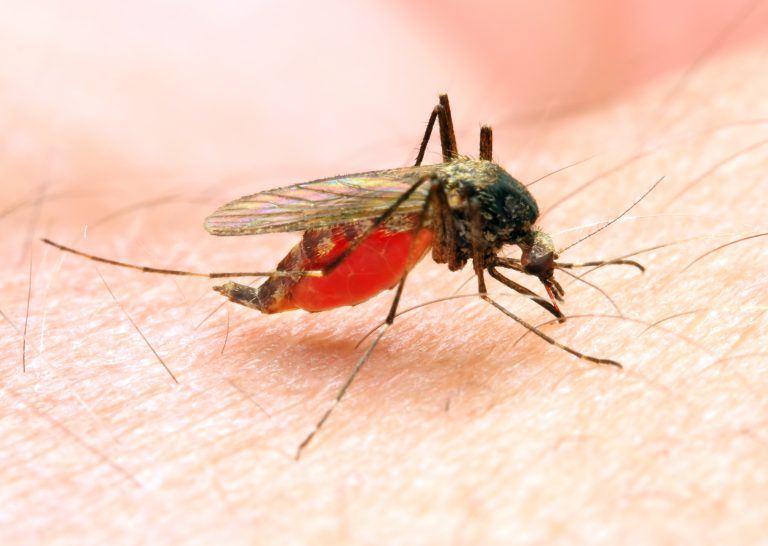
An mRNA-based vaccine protects against malaria in mice, according to a new study. The vaccine relies on Plasmodium falciparum’s circumsporozoite protein to elicit an immune response, but uses mRNA–accompanied by a lipid nanoparticle which protects from premature degradation and helps stimulate the immune system–to prompt cells to code for the protein themselves. The proteins then trigger a protective response against malaria but cannot actually cause infection.
“Recent successes with vaccines against COVID-19 highlight the advantages of mRNA-based platforms–notably highly targeted design, flexible and rapid manufacturing and ability to promote strong immune responses in a manner not yet explored,” said Evelina Angov, a researcher at Walter Reed Army Institute of Research (WRAIR)’s Malaria Biologics Branch, and senior author on the paper. “Our goal is to translate those advances to a safe, effective vaccine against malaria.”
The team that carried out this study included scientists from WRAIR’s Naval Medical Research Center, the University of Pennsylvania, and Acuitas Therapeutics. Their findings were published in npj Vaccines.
Malaria causes among the highest rates of morbidity and mortality worldwide. There is no licensed vaccine yet in the U.S., and leading candidates achieve only suboptimal protection.
In 2019, there were an estimated 229 million cases of malaria and 409,000 deaths globally. The disease takes a huge toll in terms of morbidity, mortality, economic burden, and regional social stability. Worldwide, P. falciparum causes the vast majority of malaria deaths. Those at highest risk of severe disease include pregnant women, children, and malaria naïve travelers. The disease has historically been a priority research area for the Department of Defense as it is a top threat to US military forces deployed to endemic regions.
The most advanced malaria vaccine to date is Mosquirix (RTS,S), a first-generation product developed in partnership with WRAIR. Mosquirix is based on the circumsporozoite protein of P. falciparum. This vaccine is useful, but field studies have revealed limited efficacy and protection duration. These limitations have led scientists to evaluate new platforms and second-generation approaches for malaria vaccines.
The authors of this current study note that: “To broaden immunity, larger segments of PfCSP including the N-terminal sequence, not present in RTS,S, have been expressed either in soluble form, as genetic fusions on virus-like particles, SpyCatcher, or as chemically conjugated on virus-like Qβ particles.”
Like Mosquirix, the new vaccine relies on P. falciparum’s circumsporozoite protein to elicit an immune response. However, rather than administering a version of the protein directly, this approach uses mRNA–accompanied by a lipid nanoparticle which protects from premature degradation and helps stimulate the immune system– to prompt cells to code for circumsporozoite protein themselves. Those proteins then trigger a protective response against malaria but cannot actually cause infection.
As the researchers report “… The majority of recent [mRNA-based] products use nucleoside-modified mRNA to ablate innate immune activation and are co-administered with a molecular carrier. … Lipid nanoparticles (LNP) are one of the carrier methods with positive safety outcomes in the clinic and potency when applied to mRNA.”
“Our vaccine achieved high levels of protection against malaria infection in mice,” said Katherine Mallory, a WRAIR researcher at the time of the article’s submission and lead author on the paper. “While more work remains before clinical testing, these results are an encouraging sign that an effective, mRNA-based malaria vaccine is achievable.”











